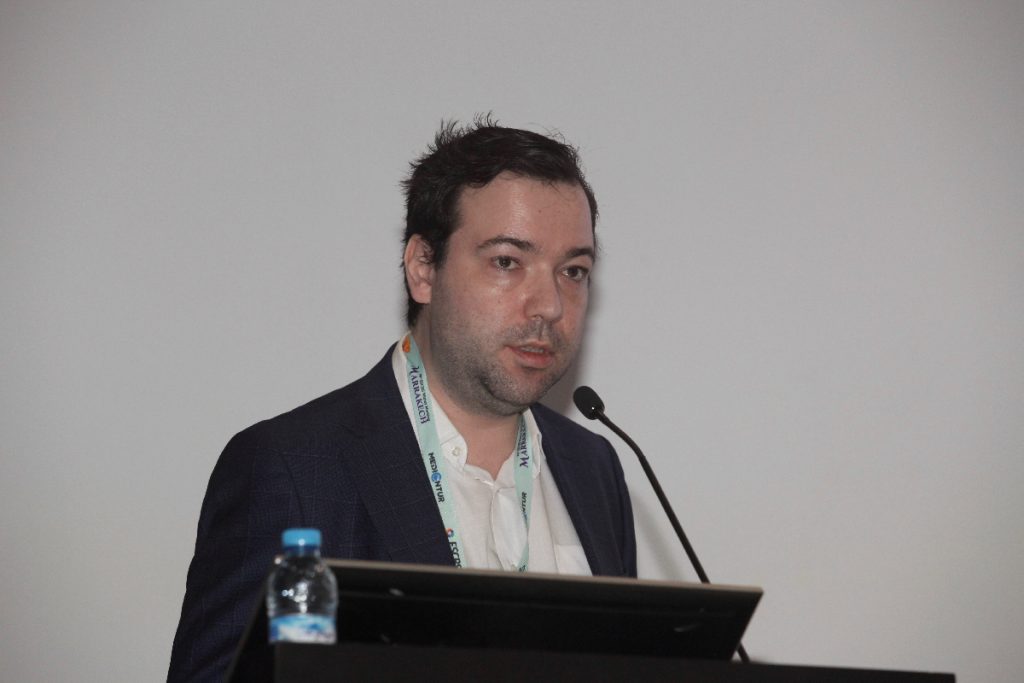Total corneal map best for trifocal IOL power calculation using standard formulas

Roibeard O’hEineachain
Published: Saturday, February 22, 2020
 IOL power calculations for trifocal IOLs when using standard formulas appear to be more predictable when using 4mm zone total corneal power maps obtained using the Pentacam than when using keratometric data from the IOLMaster, according to a study presented by Sergey Shukhaev MD, S. Fyodorov Eye Microsurgery Federal State Institution, St Petersburg, Russia.
The study involved 45 eyes of 30 patients who underwent phacoemulsification with femtolaser and implantation of a trifocal AcrySof IQ PanOptix IOL, Dr Shukaev told the 24th ESCRS Winter Meeting in Marrakech.
IOL power was calculated on the IOLMaster 500 (ver. 5.4 Carl Zeiss Meditec AG) using four formulas (Haigis, HofferQ, Holladay 1, SRK / T) and four different types of keratometric data, namely the IOLMaster, the total corneal power in the 4mm zone from the Pentacam Сataract Pre-Op map (map 1), keratometry in the actual zone from the Pentacam EKR Holladay (map 2) and keratometry in the actual zone from the Pentacam Power Distribution (map 3).
At one to-three-months postoperative, their analysis showed that when using the Hoffer Q and Holladay formula, the deviation of the calculated refraction from the postoperative refraction was significantly lower when using the with the Pentacam total corneal power map than it was when using the IOLmaster keratometric data.
IOL power calculations for trifocal IOLs when using standard formulas appear to be more predictable when using 4mm zone total corneal power maps obtained using the Pentacam than when using keratometric data from the IOLMaster, according to a study presented by Sergey Shukhaev MD, S. Fyodorov Eye Microsurgery Federal State Institution, St Petersburg, Russia.
The study involved 45 eyes of 30 patients who underwent phacoemulsification with femtolaser and implantation of a trifocal AcrySof IQ PanOptix IOL, Dr Shukaev told the 24th ESCRS Winter Meeting in Marrakech.
IOL power was calculated on the IOLMaster 500 (ver. 5.4 Carl Zeiss Meditec AG) using four formulas (Haigis, HofferQ, Holladay 1, SRK / T) and four different types of keratometric data, namely the IOLMaster, the total corneal power in the 4mm zone from the Pentacam Сataract Pre-Op map (map 1), keratometry in the actual zone from the Pentacam EKR Holladay (map 2) and keratometry in the actual zone from the Pentacam Power Distribution (map 3).
At one to-three-months postoperative, their analysis showed that when using the Hoffer Q and Holladay formula, the deviation of the calculated refraction from the postoperative refraction was significantly lower when using the with the Pentacam total corneal power map than it was when using the IOLmaster keratometric data.